The exact origins of April Fools’ Day are shrouded in mystery, lost to the mists of time. Historians have pieced together some intriguing theories, though, offering a glimpse into the possible beginnings of this lighthearted tradition.
One theory points to medieval Europe, where the celebration of New Year’s Day varied across regions. In France, for instance, some areas observed it on March 25th, while others adopted the January 1st date later on. People who clung to the older March date might have been playfully mocked by those celebrating the new New Year, laying the groundwork for April Fools’ Day.
Another theory connects April 1st to festivals like the Roman Hilaria, held in mid-March. These celebrations involved merriment, costumes, and general foolishness, potentially influencing the development of an April Fools’ Day tradition.
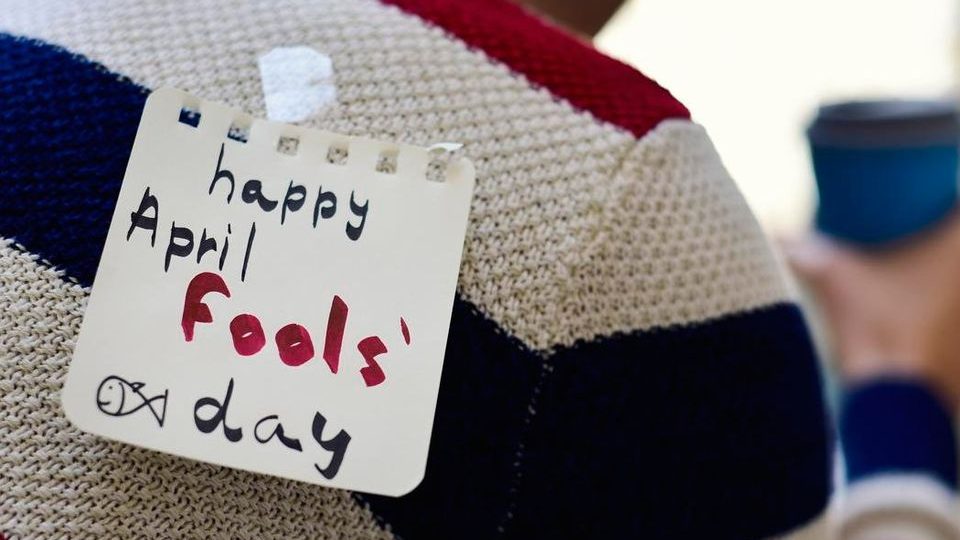
Fast forward to the 16th century, and we find possible evidence of April Fools’ Day in France. The poem “Le Calendrier des Fous” (The Calendar of Fools) mentions April 1st as a day for pranks. There’s also a reference to a “Poisson d’avril” (April fish), hinting at the tradition of tricking someone by attaching a paper fish to their back.
Shifting gears, some historians propose a connection to the change in calendars. In 1582, France switched from the Julian calendar to the Gregorian calendar, moving the start of the new year from the spring equinox (around April 1st) to January 1st. Perhaps those slow to adopt the new calendar became the target of playful jabs, solidifying April 1st as a day for tomfoolery.
The bottom line? While the exact origin remains unclear, April Fools’ Day likely emerged from a combination of influences, including earlier prankster traditions, the confusion surrounding New Year’s Day, and possibly even the calendar change. Regardless of its beginnings, April Fools’ Day has become a global phenomenon, a day for harmless pranks, laughter, and a touch of lighthearted absurdity.
History is full of moments that seem like elaborate April Fools’ jokes, but actually happened. Here are a few classic examples of the real pranks that took place:
1. The Great Spaghetti Harvest (1957):
The BBC, a reputable news source, aired a segment on their program Panorama claiming Switzerland had a bumper crop of spaghetti due to a new method of cultivation. Viewers were shown footage of farmers “harvesting” long strands from trees. Many Britons, unfamiliar with the concept of pre-made pasta, were completely fooled!

2. Kansas City’s Dihydrogen Monoxide Danger (2002):
DJs at a radio station took “DHMO” – the scientific term for water – and ran with it. They announced the local water supply had been contaminated with this dangerous chemical, causing panic among listeners who called authorities about the supposed side effects (sweating, urination). This prank backfired as some saw it as fear-mongering.

3. Virgin’s UFO Caper (1989):
Richard Branson, known for his love of a good prank, outdid himself. A day early for April Fools’, a UFO-shaped object landed in a field near London. Police arrived to find a figure emerge, clad in silver! It turned out to be a Virgin Galactic promotion, but the initial confusion caused a stir.

4. Taco Bell Buys the Liberty Bell (1986):
Fast food giant Taco Bell took a humorous jab at American history. They ran a full-page ad claiming they had purchased the Liberty Bell and would be renaming it the “Taco Liberty Bell.” While obviously a joke, it generated national headlines and showed Taco Bell’s marketing savvy.
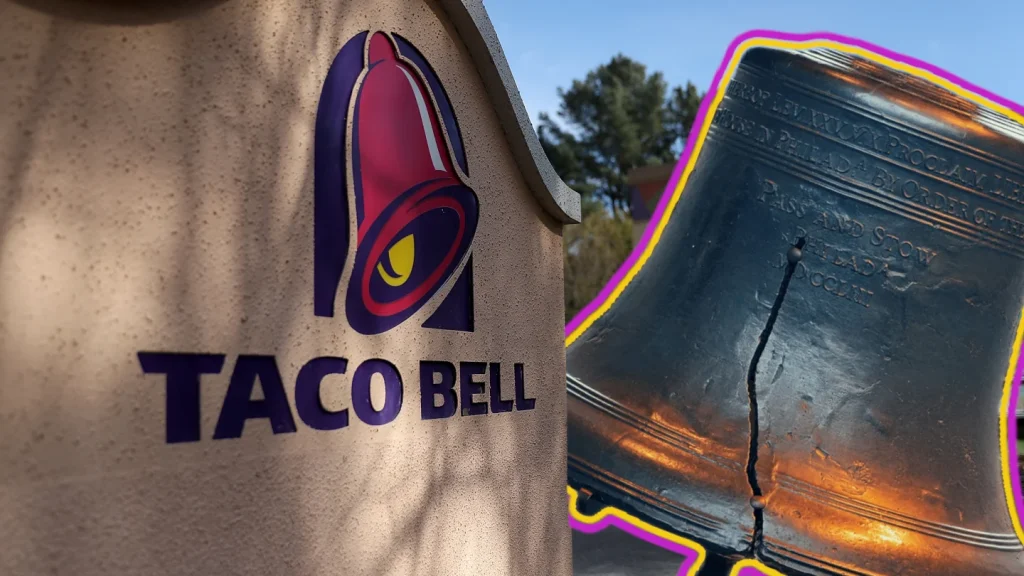
5. The Great Escape of the Dancing Elephants (1896):
In Ohio, a train carrying a circus troupe derailed, setting free a herd of elephants. The panicked animals wandered the town, some even attempting to climb buildings! Thankfully, no one was seriously hurt, but the sight of these massive creatures loose on the streets certainly caused a stir.
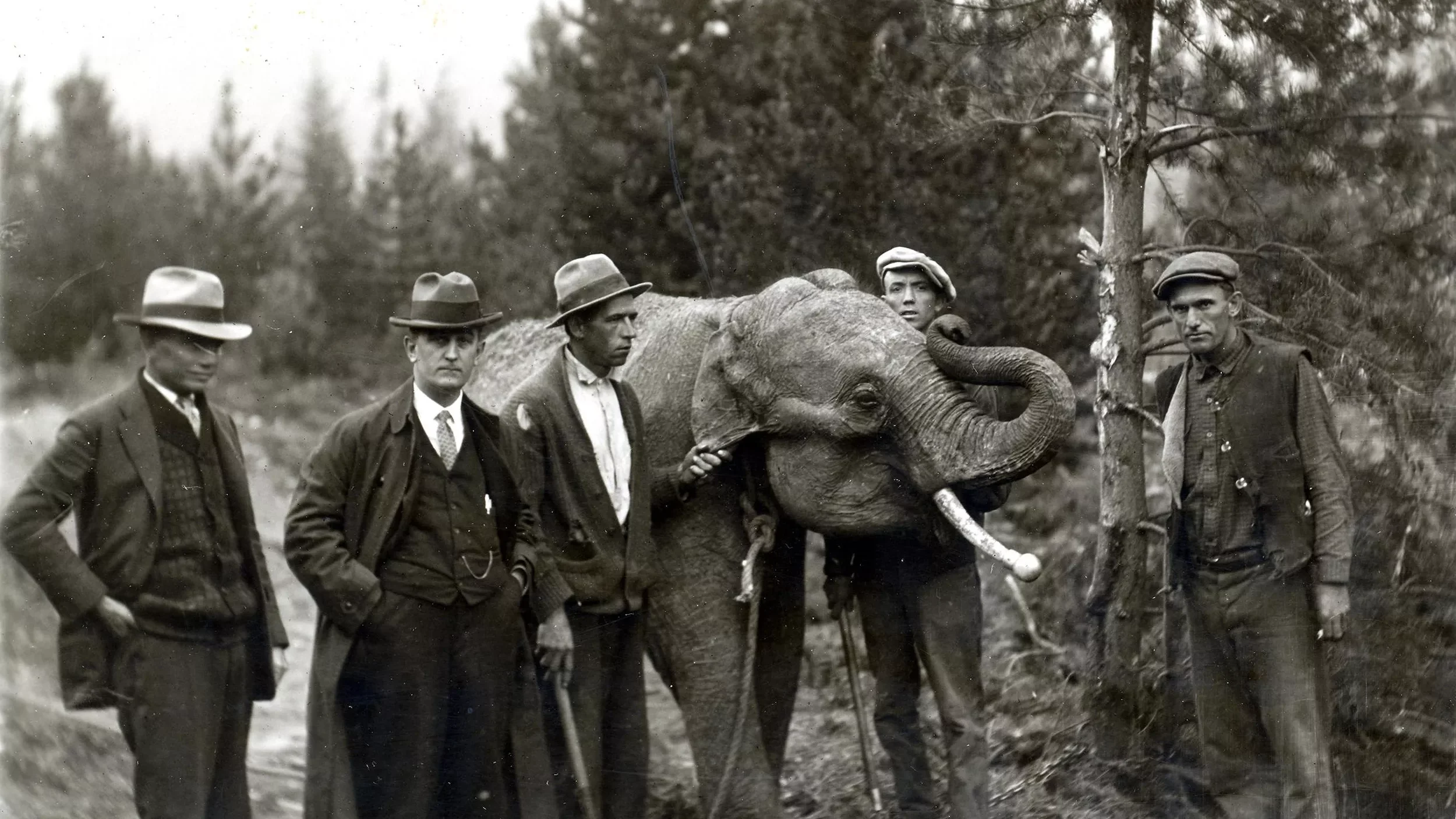
6. The Dutch East India Company Buyout of Manhattan (1626):
This one might seem unbelievable, but it’s true! The Dutch traded trinkets worth around $24 (in today’s money) for the island of Manhattan from the Lenape people. While a steal for the Dutch, it’s hard not to see the humor in such a seemingly insignificant exchange for such valuable land.
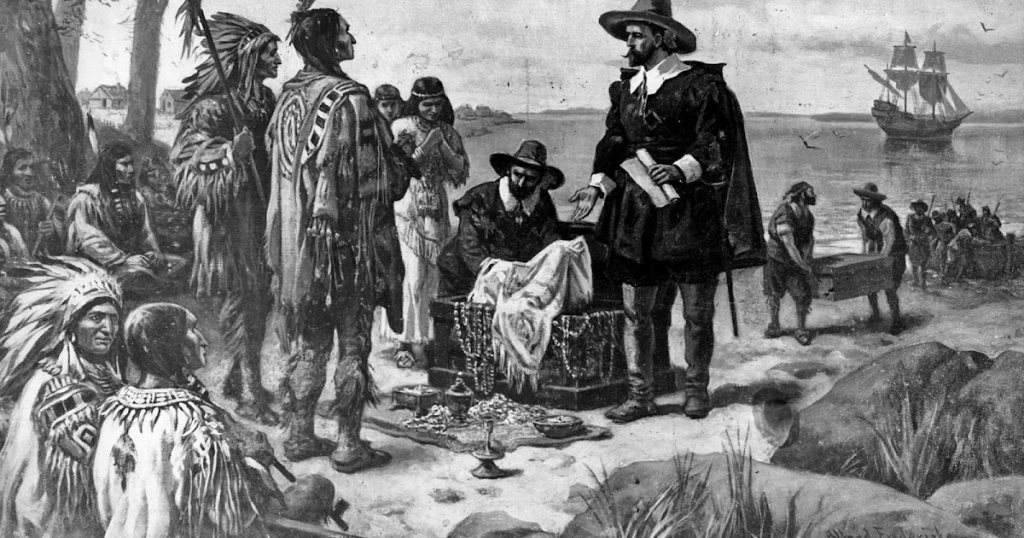
How is the day celebrated across the world?
1. Europe:
In France, beware “Poisson d’Avril” (April Fish)! People stick paper fish on the backs of unsuspecting victims. Germany leans towards elaborate office pranks, while Italy joins the fun with “Pesce d’Aprile” (April Fish) and media hoaxes.
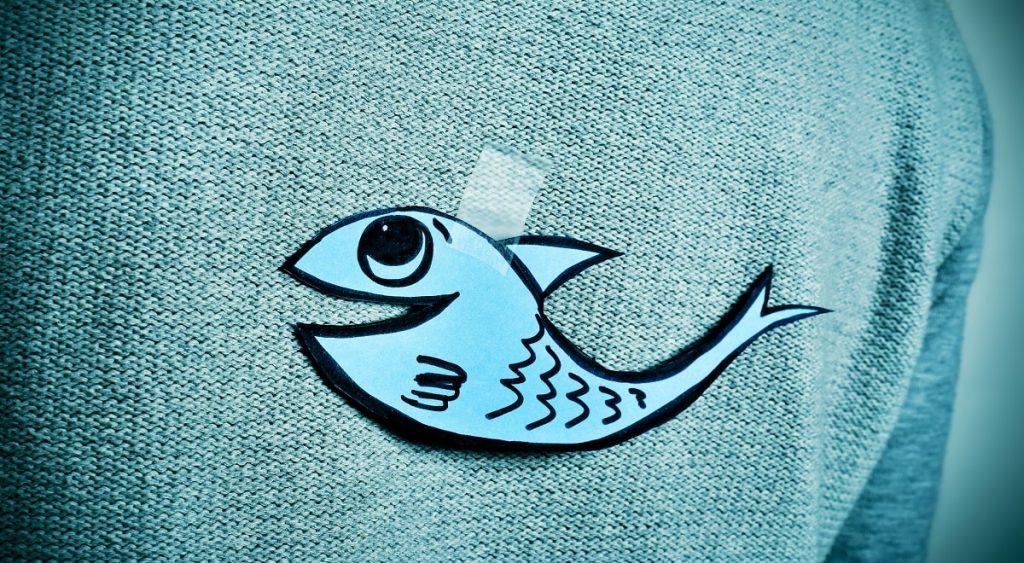
2. North America:
The US and Canada embrace April Fools’ Day with enthusiasm. Pranks range from silly office jokes to elaborate media stunts. Newspapers might publish fake stories, while radio stations announce outrageous changes in programming.
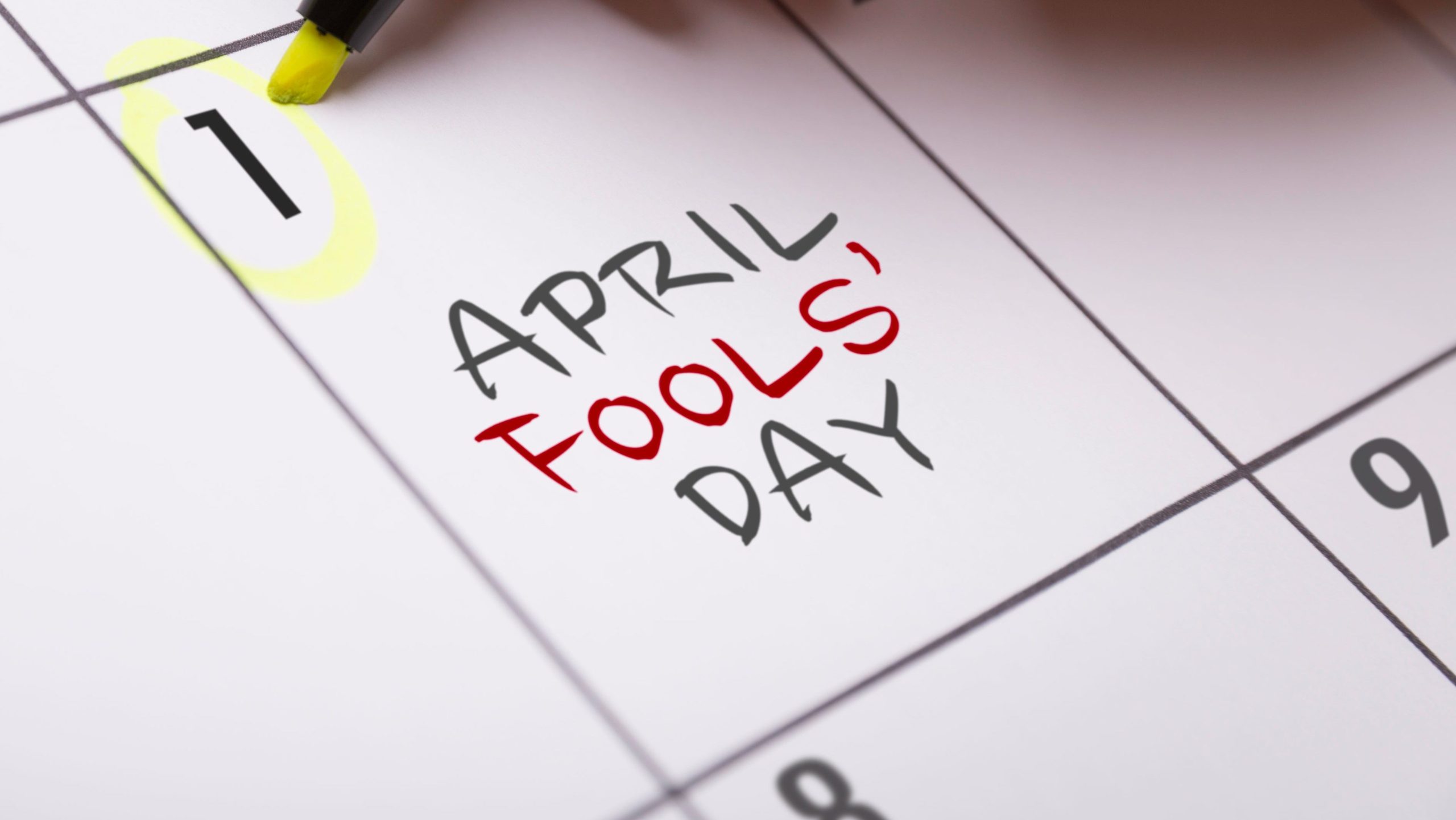
3. South America:
Brazil is a big player in April Fools’ Day pranks. However, some South American countries have their own designated prank days. For example, Spain celebrates “Dia de los Santos Inocentes” (Day of the Holy Innocents) on December 28th, a day for lighthearted deception.
4. Unique Celebrations:
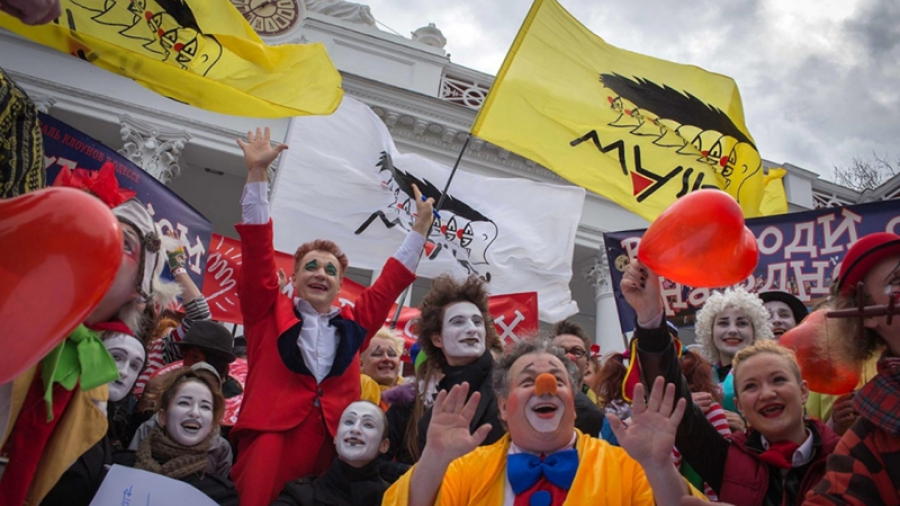
Ukraine’s Odesa takes things a step further with “Humorina,” a multi-day festival featuring parades, street performances, and costumed revelers spreading merriment.





GIPHY App Key not set. Please check settings